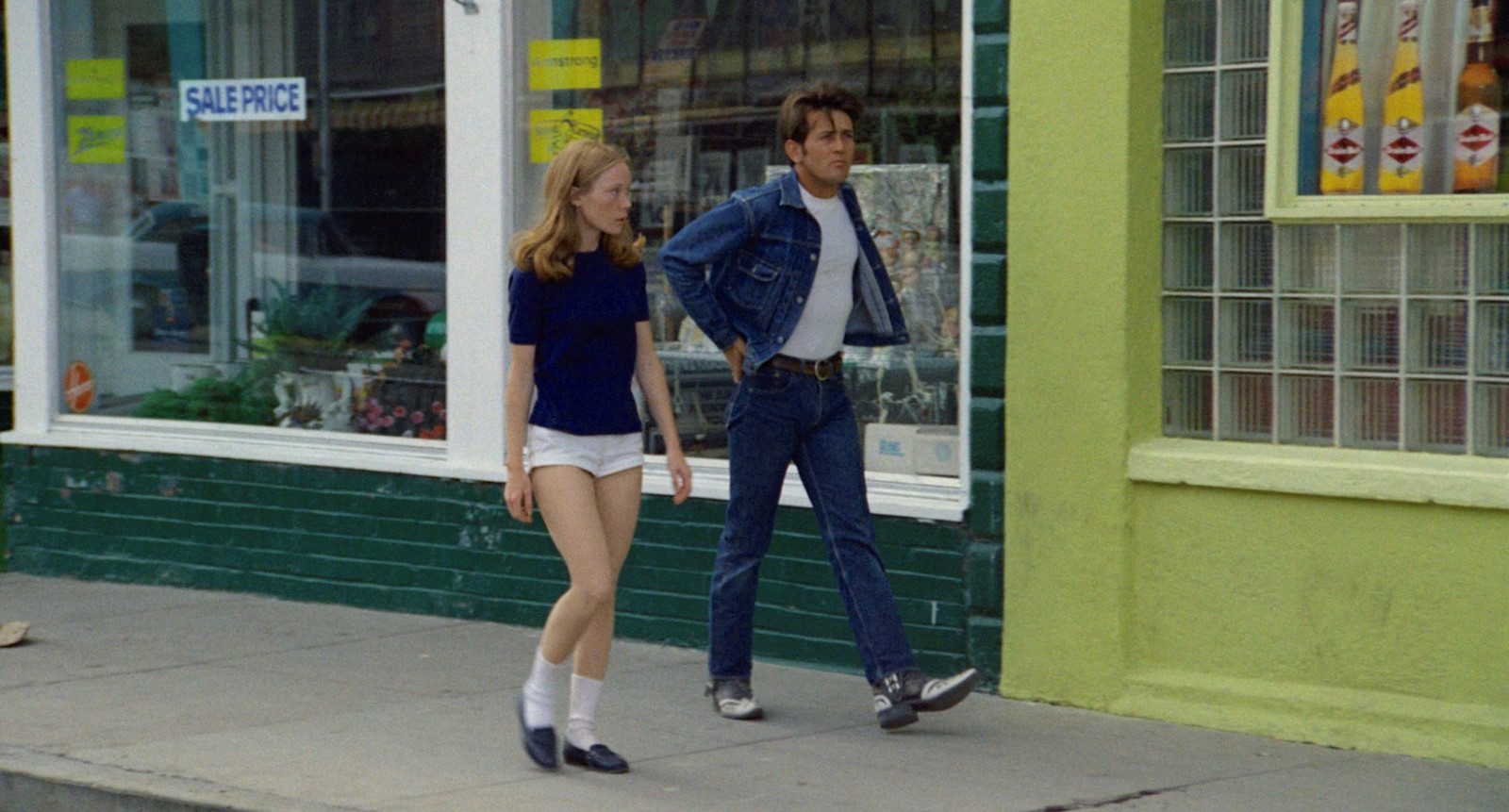Girlhood Studies: How has visual culture shaped ideas of female adolescence? In the third season of her AnOthermag.com column, Claire Marie Healy tells the story of girlhood through clothes.
“You know who that son of a bitch looks like? I’ll kiss your ass if he don’t look like James Dean.” The scene is the final beats of Terrence Malick’s Badlands (1973), and the speaker is referring to our anti-hero Kit, freshly-arrested for a murder spree and certainly headed to his death. (In a moment, chains strapped against white tee, he will throw out his accoutrements of rebellious masculinity for the fans: a silver lighter case, a comb). They’ve taken his gun. So where’s the girl?
The next time we see Holly (Sissy Spacek) she’s in handcuffs, looking very small as she leans against a police car, like Joan Didion. She wears denim jeans, a white frilly button-up, no shoes. Her white socks are flat against the black tarmac. It’s a detail that’s always caught me – the fact that they have taken away her shoes. Maybe because the black loafers are a potential weapon. After all, in the 1950s, the only thing that her white socks threatened could have been an impromptu, school-sanctioned sock hop.
White socks feel as substantive of ideas of girlhood – what it means, and how we experience it – as a white T-shirt does of masculinity, or a pair of high heels does of femininity. Speaking of heels, a sure way to puncture their sensuality is to add a pair, like Courtney Love does in 1993.
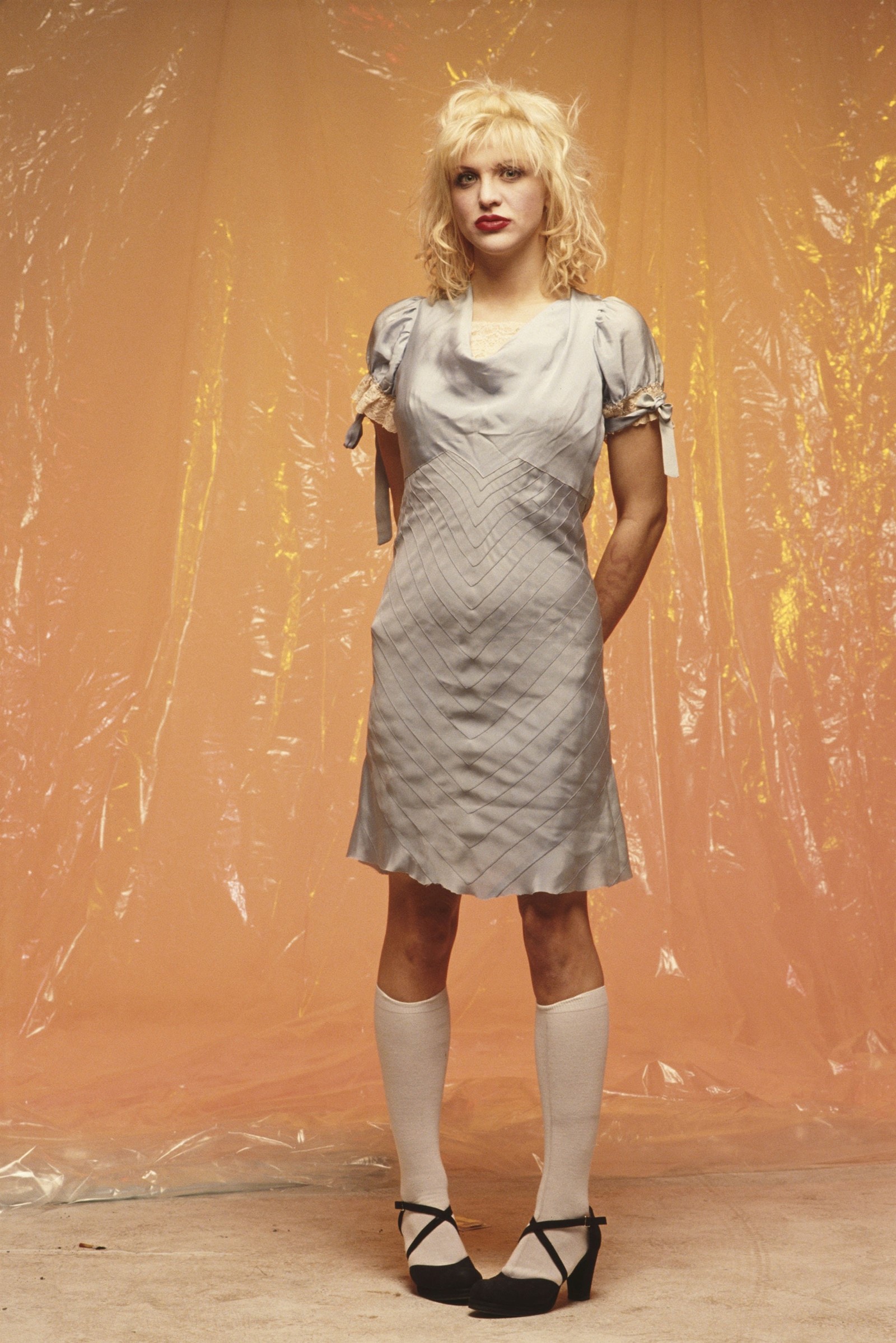
Love’s look is a lesson in kinderwhore, the style she popularised in the 1990s: featuring all the elements of good little girl’s clothes, but worn in an inflated and twisted way. These are women who knew that, in the right combinations, the school-girlishness of white socks becomes a kind of refusal. Love’s version leaned into the psychosexuality of Whatever Happened to Baby Jane? (1962), with bleary mascara, heavy makeup and worn lace dresses. Lesser known, both timeless and ahead of her time, is the singer of 1980s new wave band Suburban Lawns, Su Tissue.
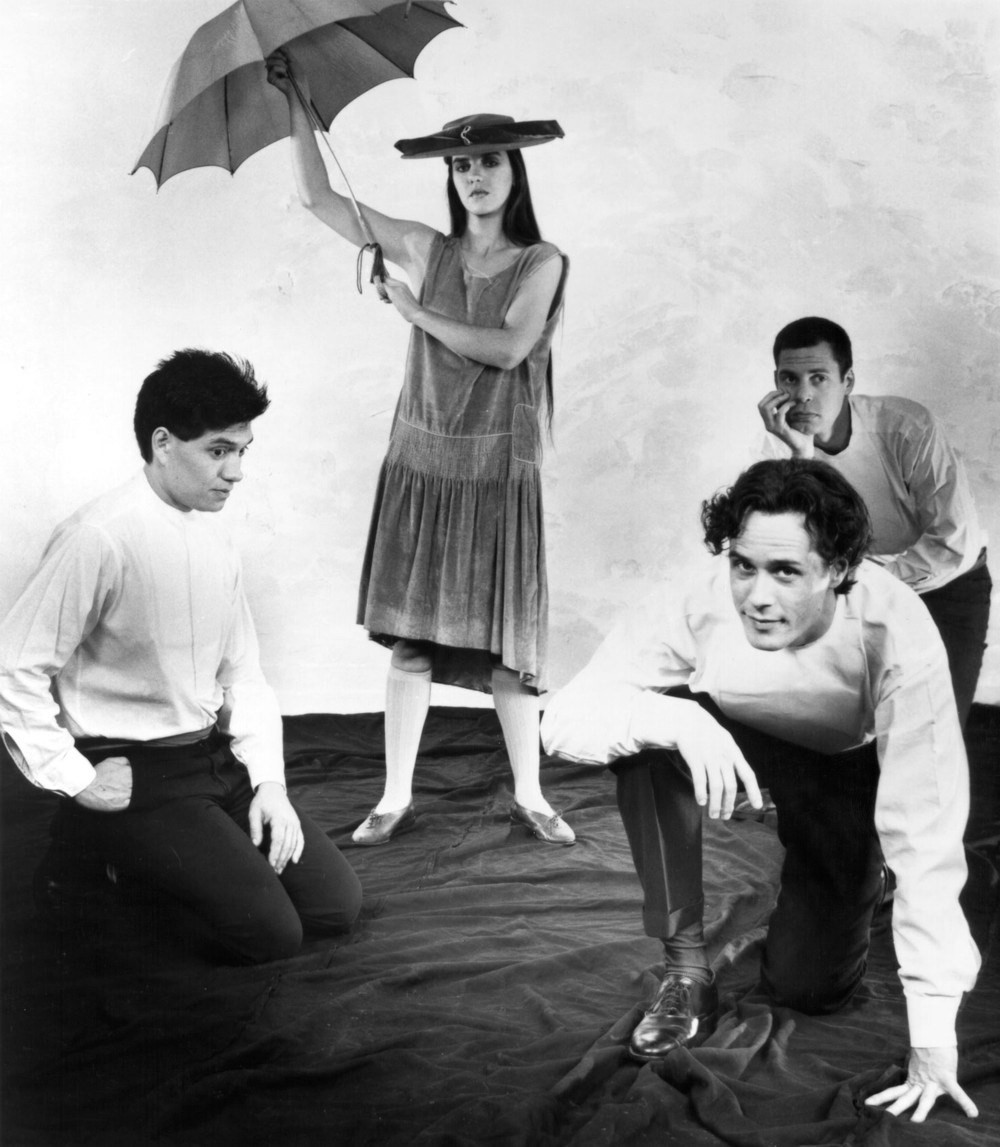
The socks are the same, the effect is different. We are in the arena of mischievous coquetry with Tissue’s Suburban Lawns persona, not the broad brush strokes of Hole’s grrl power. From the new wave band’s name – which to me, reads like a movie’s opening credits, like Badlands’ in fact – to their lyrics (Su blurts in one, “I'm a janitor, oh my genitals”), Tissue’s self-styling aims to disconcert.
By themselves, white socks are basic. In certain contexts, they’re a tool in service of the contradictions of girlhood.
It’s not that men don’t wear white socks – and we all know what teenage boys do with theirs – but that a girl’s relationship to hers are necessarily different in the first place. It was only in the 1930s that young women even began to wear ankle socks without the addition of stockings, because to do so only became necessary with the advent of women’s trousers. As such, they were reserved for sports like tennis and running, an association that still figures today.
Solange looks comfortable in hers, teamed with gym shorts, in the latest issue of Apartamento magazine.
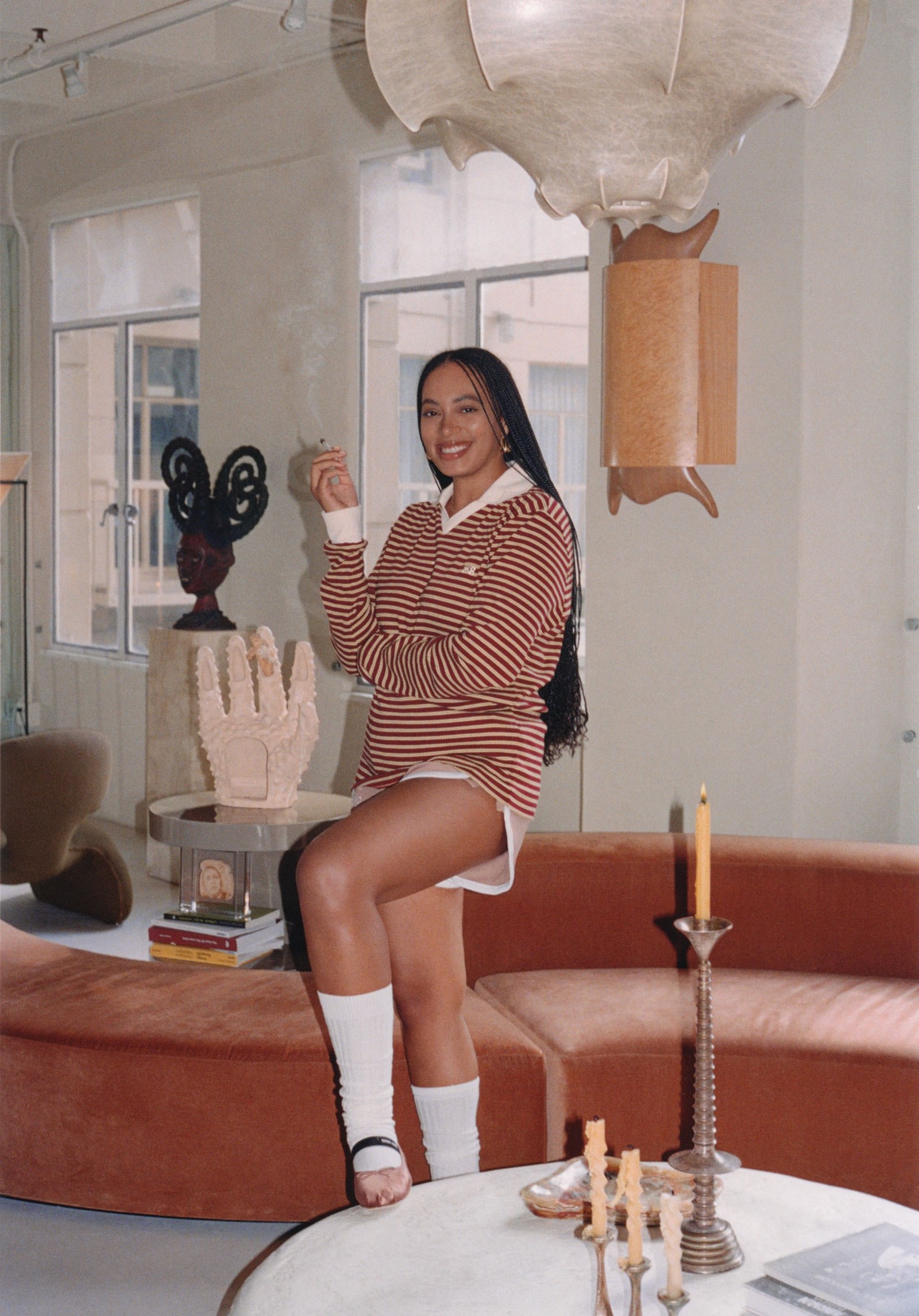
Her pose, though at home, is somewhat sporting. Master of her domain, she is both strong and soft. It feels like she is either daring us, or has just accepted a dare. The musician’s thrust-forward, white-socked leg brings to mind old paintings of male elites: the white stockings of the thighs of kings, surrounded by the accessories to their splendour. She rules.
Keeping her socks in place are this season’s Miu Miu ballet pumps, an item so girlish, so delicate and with such a short sell-by-date they can’t help but be desirable. The potential planets of girlishness and boyishness, sports day and debutante, locker room and performance that orbit around white socks are all-in-play in this image from AnOther Magazine’s Autumn/Winter 2022 issue, which too features white socks and Miu Miu ballet flats.
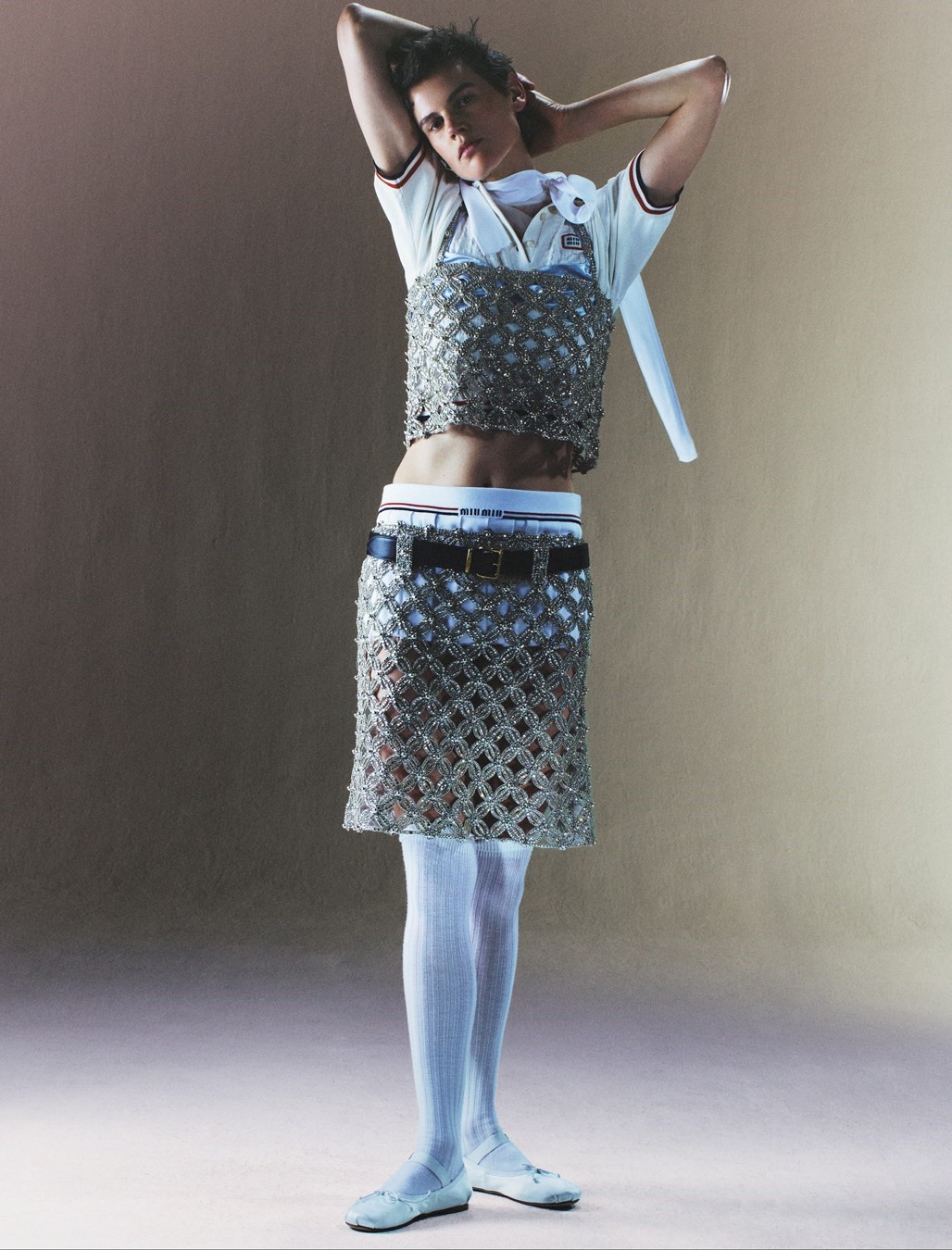
In Taiwanese director Edward Yang’s film, A Brighter Summer Day (1991), he includes a close-up frame of a teenage couple’s shoes that, if you squint, could itself be a Miu Miu campaign of the current moment. In many ways, Yang’s film about late-50s teenage Taiwanese gang culture is a contortion of the conceit of a movie like Badlands; the boys, too, use the stylings of American male rebellion to claim an identity for their generation’s disaffection.
But if Si'r, the central character, is not so slickly or easily rebellious, neither is his romantic love interest, Ming, as innocent as her white socks and tennis shoes might suggest. Looking again, her white socks aren’t socks at all, as her left foot is bandaged. It’s a detail that speaks to how none of the boys who chase Ming bother to take a closer look at her own pain; she is just a projection of their own desires and traumas, and she will, in the end, suffer for that. (In the flat lay of the cover of the Criterion edition, the crumpled white socks and bloody school shirt provide their own foreshadowing).
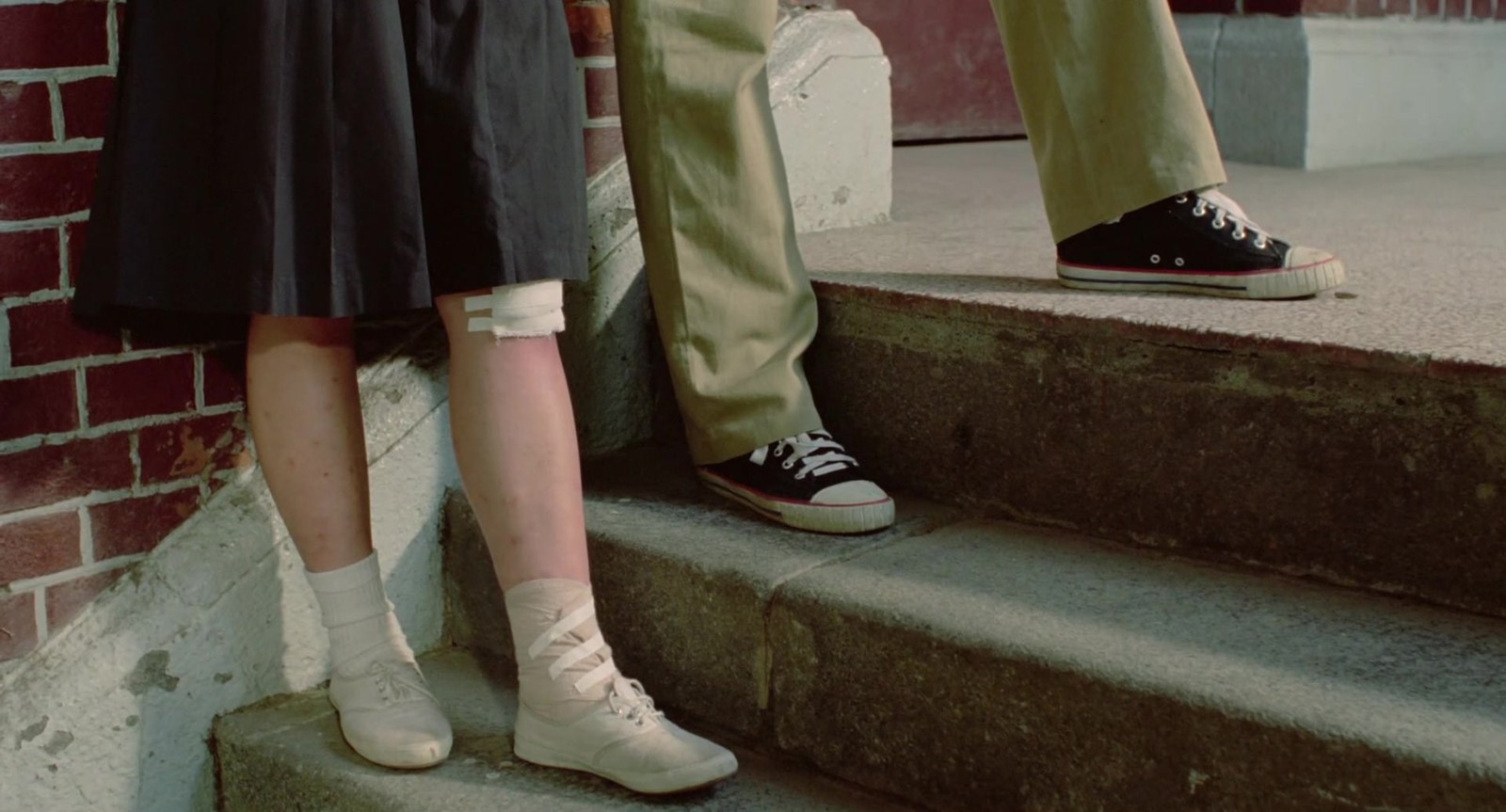
These fictionalised teenage dropouts bring us to others, prevalent in Japan in the 1990s: a notorious gang of teenage girls instantly recognisable by their ribbed, white, cotton socks that are so oversized and loose as to be constantly falling around their ankles.
Known as kogyaru, the subculture’s primary aesthetic traits are as follows: long, dyed-brunette hair, narrow eyebrows, rolled up school skirts, auspicious designer labels (such as a Burberry checked scarf) and those signature white, loose socks. The moniker means ‘against’ gyaru: a protest against the high heels, suits and body-shaping underwear favoured by the professional class that society expects all girls to eventually join. The kogal school uniform is often fake, as many of these girls have already graduated or dropped out; the girls use second-hand stores to find pre-worn schoolgirl items on the cheap, which itself counters male fetishists who try to do the same. The girls were also known, in their 90s heyday, for changing into their cuter, customised uniforms in public – taking pleasure in the process of transformation, and in shocking passing commuters.
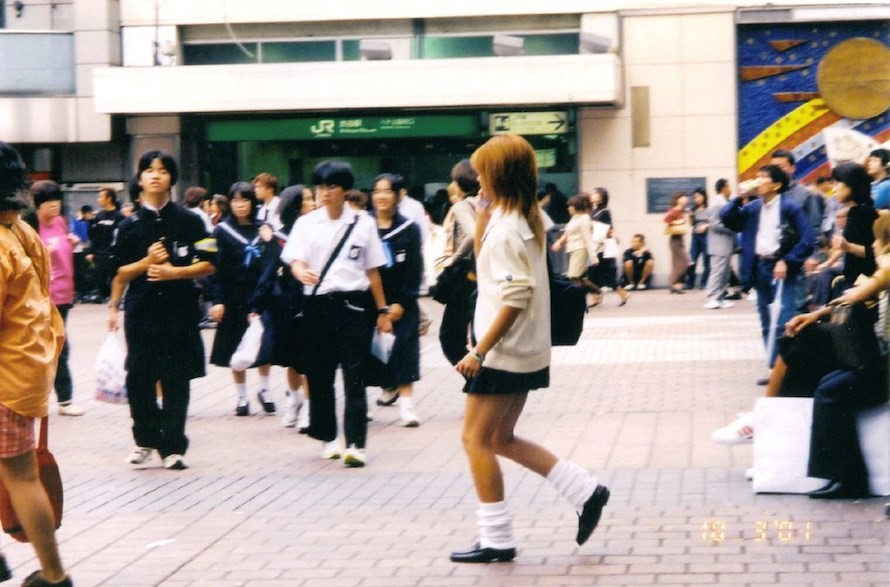
Demonised as threatening covens by the mass media, I like how kogals seem to derive their witch-like powers to resist societal norms from the very items – like white socks and school uniforms – that are supposed to keep them stuck in obedient girlhoods. Their use of oversized white socks is a kind of exaggeration, a girlish hyperbole that is reflected in their use as a symbol by different artists. The white sock becomes a way for artists to hold a mirror up to all the ideas of girlhood, femininity and nostalgia that inadvertently shape us: like Louise Bourgeois’ sketches that offer an X-Ray lens on pointed toenails like talons, or a Tørbjorn Rødland photograph in which the tanned thighs of a young woman and the legs of a horse are interchangeable. Meanwhile, in the paintings of the artist Shannon Cartier Lucy, the precarious balancing acts of her young female figures are populated with many white items: underwear, tennis shoes, ballet tights, ribbons, sweatshirts and lace, as offset with reds like flowers, or blood. Sometimes those balancing acts play out quite literally, like here, where the soles of white-socked feet balance a comically small flower pot.
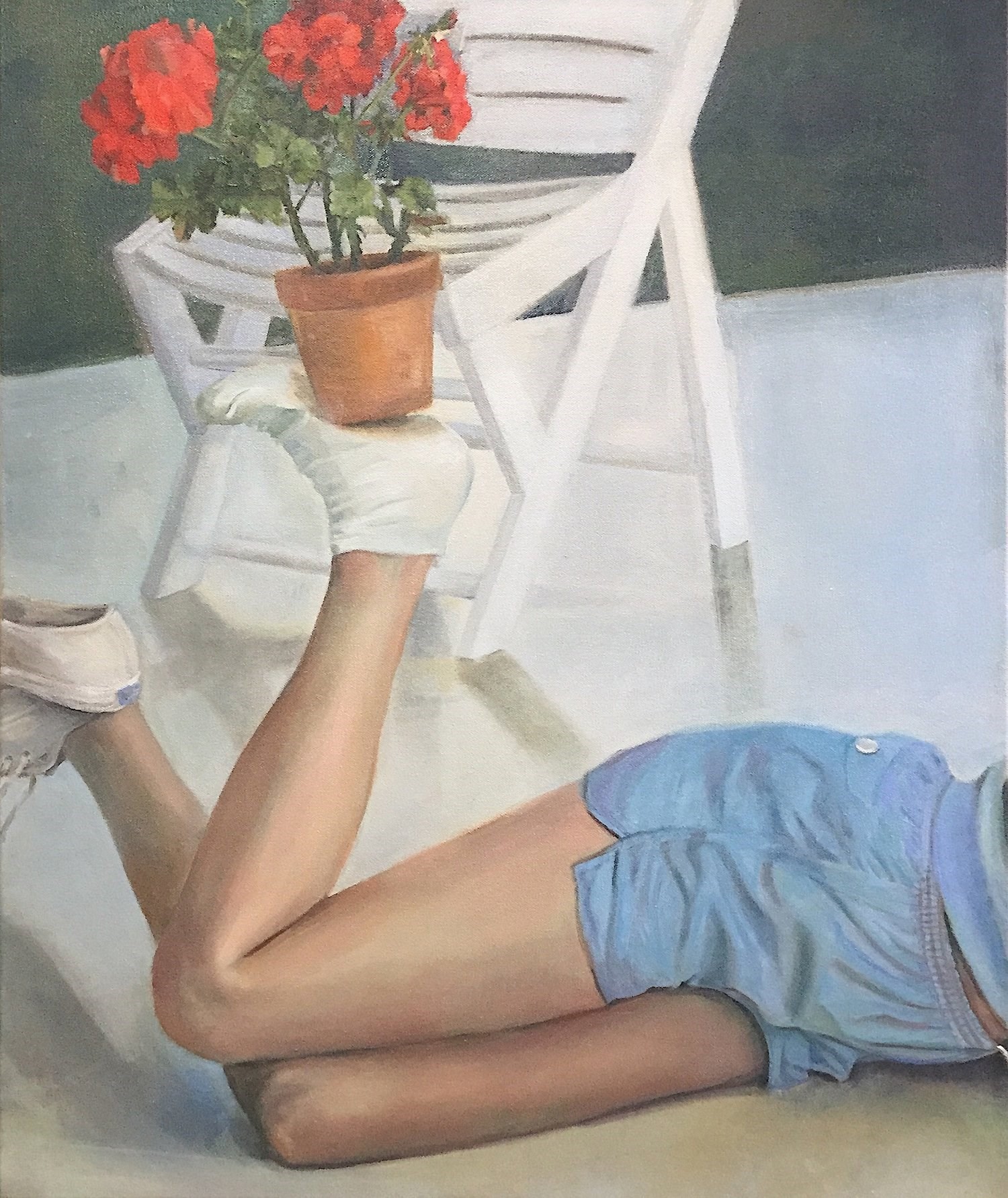
Lucy’s are paintings as accidents-waiting-to-happen; we relate to them as women because life often feels like this. Like no matter how tightly we pull on our socks, everything could always fall down.
Earlier in Badlands, when the courtship of Holly and Kit still treads the terrain of innocence, the former’s circle dress, shoes and white socks recall Dorothy in The Wizard of Oz, clicking her red, glittering heels to go home. On writing this, however, I’ve realised Dorothy’s folded over ankle socks, which I always presumed to be white, are blue. As much an abstract icon as an actual item of clothing, so easily do a girl’s white socks arrange themselves in a certain corner of our psyche, that we don’t even realise when they’re the wrong colour.
